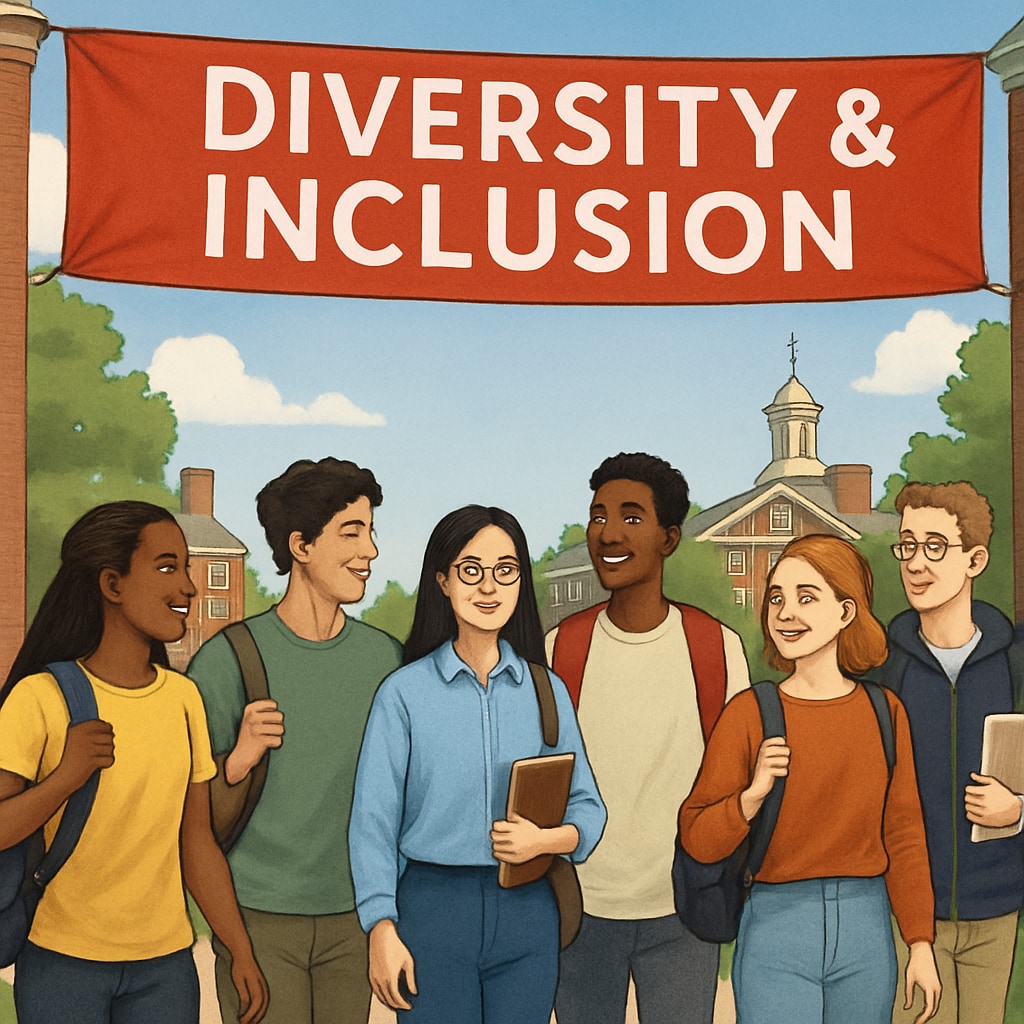Brown University’s recent adoption of a binary gender definition policy, reportedly influenced by agreements with the Trump administration, has sparked significant concerns regarding the campus environment for transgender students. This policy change, which redefines gender strictly as male or female, is altering the university’s climate in ways that could compromise the safety and well-being of non-binary and transgender individuals. As institutions of higher education navigate the balance between academic rigor and inclusivity, Brown’s decision raises broader questions about the commitment to equality and diversity on college campuses.

Challenges Transgender Students Face Under Binary Gender Policies
By adopting a binary interpretation of gender, Brown University risks alienating and marginalizing a significant portion of its student body. For transgender and non-binary students, such a policy can create barriers in accessing essential campus resources. For example, gender-specific housing assignments and restroom facilities may no longer accommodate non-binary identities, forcing students into uncomfortable or unsafe situations.
Additionally, the policy can negatively impact students’ mental health. According to the National Alliance on Mental Illness (NAMI), transgender individuals are already at higher risk for anxiety, depression, and suicidal ideation due to societal stigma. A lack of institutional support exacerbates these issues, potentially leading to increased attrition rates among affected students.

Implications for Campus Inclusivity and Safety
Campus inclusivity goes hand in hand with ensuring student safety, both physically and emotionally. Policies that fail to recognize the spectrum of gender identities can foster environments where discrimination and harassment thrive. For instance, transgender students may face misgendering or outright exclusion from academic and extracurricular opportunities.
Moreover, the binary gender policy contradicts efforts made by many universities to uphold Title IX protections, which prohibit discrimination based on sex. While the Trump-era definition of sex may align with Brown’s current policy, it diverges from broader interpretations that include gender identity. Such inconsistencies may undermine the university’s reputation as a progressive and inclusive institution.
Advocating for Change: What Can Be Done?
In response to these challenges, advocacy groups and students alike are calling on Brown University to reconsider its stance. Here are a few actionable steps institutions can take to ensure inclusivity for transgender students:
- Implement gender-neutral facilities: Creating inclusive spaces, such as all-gender bathrooms and housing options, can provide immediate relief for marginalized students.
- Revise administrative policies: Allowing students to self-identify their gender on official documents ensures respect for their identities.
- Offer mental health support: Expanding counseling services tailored to LGBTQ+ needs can help mitigate the psychological toll of discrimination.
- Educate the campus community: Conducting workshops and training sessions on gender diversity fosters empathy and understanding among staff and peers.
Institutions such as Harvard and Yale have taken proactive measures to support their transgender populations, setting examples Brown University could follow. For further reading on campus inclusivity efforts, visit the Britannica overview of LGBTQ+ rights.
Conclusion: A Call for Equality
Brown University’s gender policy change serves as a reminder that the pursuit of academic excellence must not come at the expense of inclusivity. While the policy may reflect broader political influences, its impact on transgender students highlights the urgent need for educational institutions to foster environments where every individual feels valued and safe. As students, faculty, and advocates continue to voice their concerns, it is imperative for Brown and other universities to revisit policies that compromise the principles of equality and diversity.
Only by prioritizing inclusivity can universities truly prepare students to thrive—not just academically, but as compassionate and socially conscious individuals.


